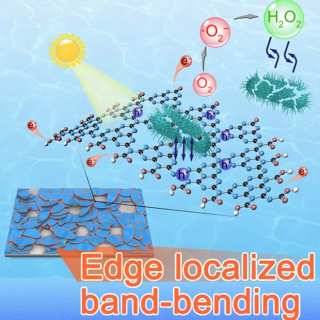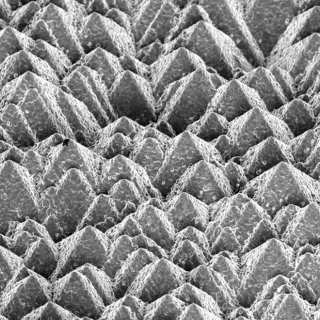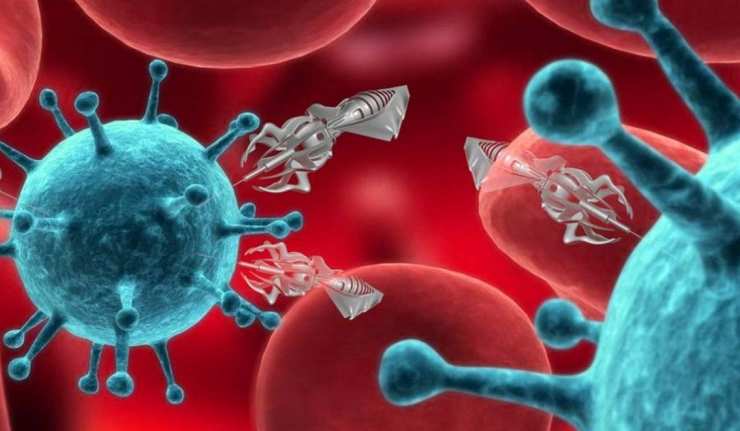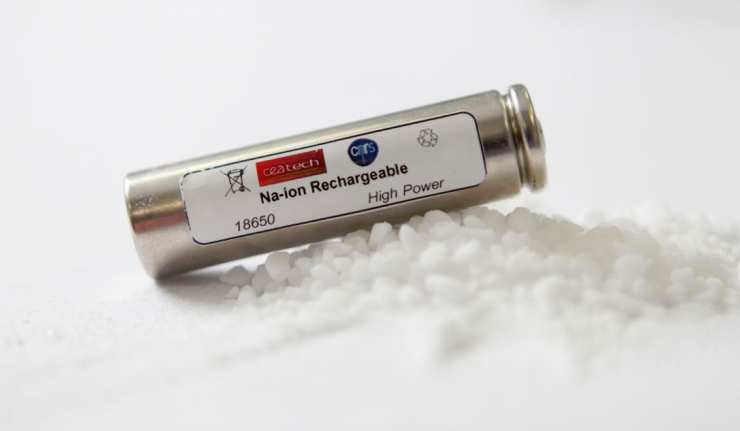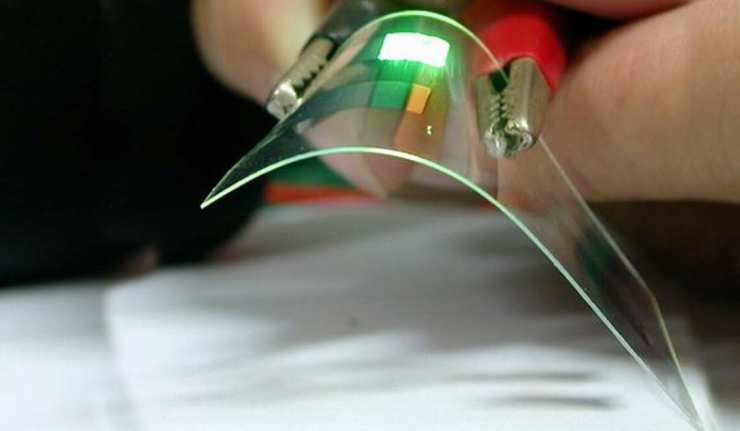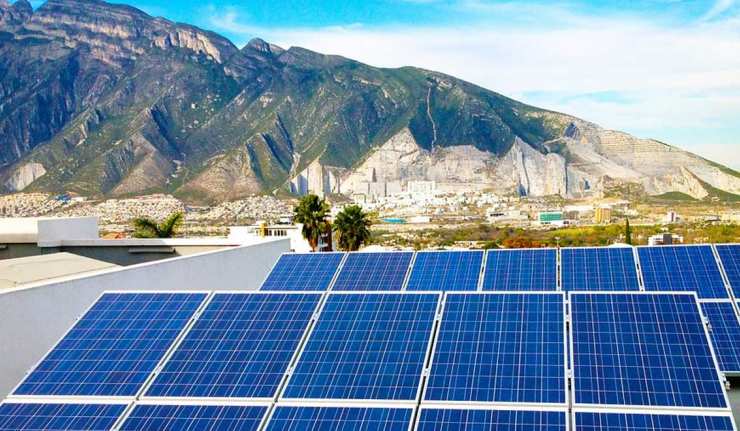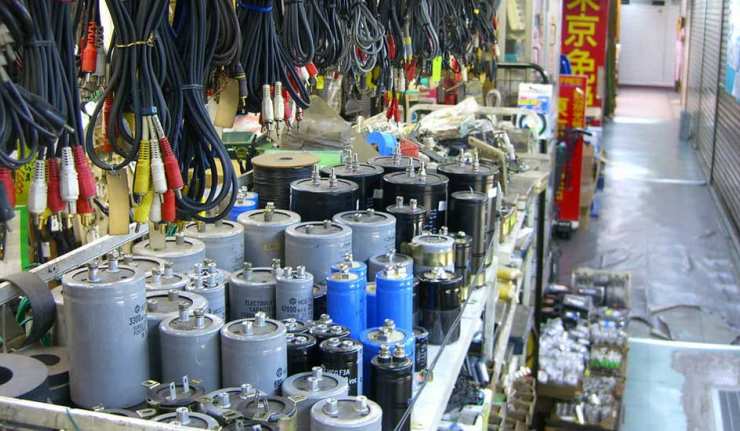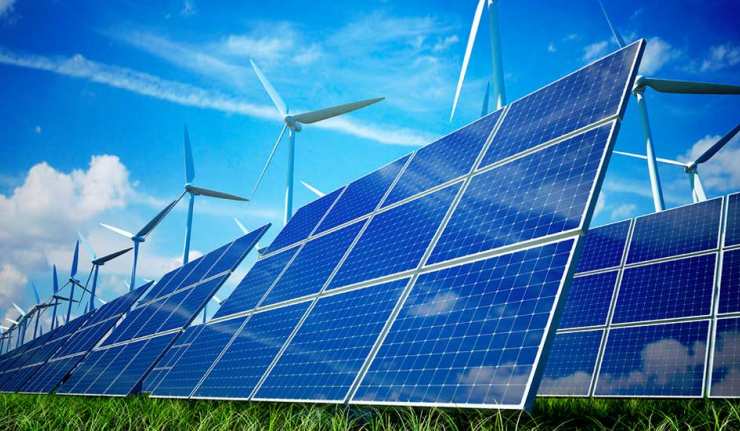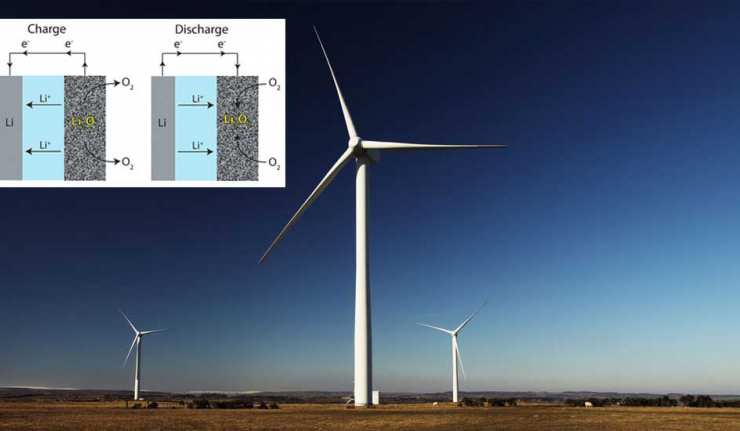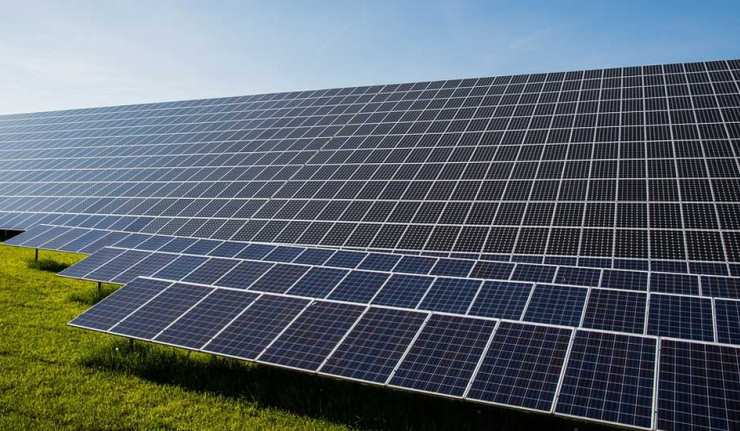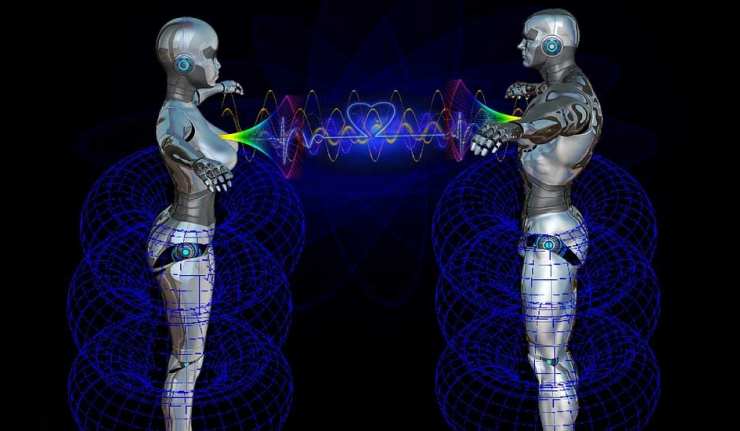Matter & Energy
Implantable Microdevices: Connecting Biomaterials and Medicine
Implantable microelectromechanical systems (iMEMS) have a number of exciting applications for medicine in the future, including the delivery of drugs to treat certain localized cancers.
Use of Sodium Ions in New Battery Prototype
In the classic science fiction novel, 20,000 Leagues Under The Sea, Captain Nemo said, “…sodium batteries have been found to generate the greater energy, and their electro-motor strength is twice that of zinc batteries.”
Boy, was he right! (Of course, Nemo was referring to ordinary batteries versus potential reversible, rechargeable ones)
Energy Harvesting Cloth that Powers Biosensors
The National Science Foundation (NSF) is one the US government agencies that was created to “promote the progress of science; to advance the national health, prosperity, and welfare; to secure the national defense.” They do this by funding basic research in science and engineering to the tune of $7.5 billion dollars a year (FY 2016), which is less than 0.05% of the total federal budget.
A Cheap and Efficient Solar Cell Made with Fluoride Salt
As the world supply of fossil fuels continues to dwindle, and the threat from global warming grows more dire, it’s becoming ever more critical to develop new forms of energy that are both renewable and kinder to the environment. Solar energy seems like one of the most promising new technologies—the sun shines everywhere, and gives our planet all the energy it has needed to thrive for billions of years, so why not harvest it?
Powering the Future: One Step Closer to Organic Electronics in Our Homes
The domestic application of organic electronics is becoming more of a reality thanks to advances in powering these devices, which use organic semiconductors to create a new age of circuit and display technology.
There are many advantages to using organic materials to create displays on laptops, TVs and more. These displays can be mounted on flexible materials which completely eliminates the heavy and delicate glass substrates currently used in liquid-crystals displays (LCDs) found on most modern televisions.
New Power Generator Lets You Charge Mobile Devices with a Hand Tap
The fad of wearable devices has brought us lots of exciting new technology, from the Fitbit to Apple Watch. It’s great to be able to sport your favorite electronic toy on your wrist as a fashion statement. But the potential for these devices could be much greater if they were able to harvest the energy from human motion—walking, finger tapping, even breathing—and use it as their power source. Imagine being able to measure your heart rate or body temperature with a single flick of the wrist, or power your smart watch with your shoe!
What are Graphene Supercapacitors?
In this time of rapid global climate change, research has focused on finding sustainable energy sources. Current technologies like wind and solar can generate power in an ecofriendly manner; however, generation of this energy can be intermittent at times. To offset this, power storage devices can make power accessible on demand.
Czech Factory Starts Production of Nanotechnology Battery for Renewable Energy
On December 19th, 2016, a new Czech company, HE3DA s.r.o., based in Prague, opened an automated production line for batteries based on nanotechnology. It’s claimed they are more efficient, last loner, are cheaper, weigh less and are safer than conventional technologies. Company president Dr.
This Super-Fast Charging Battery Will Clean Up the Power Grid
If you own your own house, you may have opted to cover your roof in solar panels. Who wouldn’t prefer to get the electricity they need from “clean” renewable energy, independent of the power company? But to do so is something of a privilege reserved for homeowners with the resources to install the latest solar cell technology. Those of us living in apartments rely on the electrical grid to deliver power to our floor lamps and refrigerators—and the grid still relies primarily on the energy from fossil fuels.
Small and Fast Transistors Using Carbon Nanotubes
Advances in nano-size materials promise to allow even smaller electronic products, and also with faster performance.
Organic Solar Cells
Humans consume large amounts of energy for transporting goods, running our industries, bringing comfort to our homes, and powering our cities. In the United States, a majority of the energy consumed comes from petroleum, natural gas, and coal. 91% of the coal goes towards generating electric power; however, it also increases production of greenhouse gasses.
Understand Energy Conversion and Watch Infinity
In the future, energy from our bodies will be stored in small-size portable battery, by something known as “Triboelectric generators”, which are basically power converters. They generate small amounts of electrical power from mechanical movements, like rotation, sliding, vibration, walking, or finger tapping.

